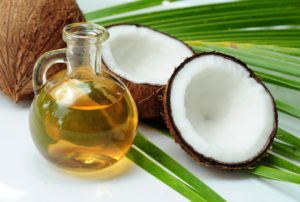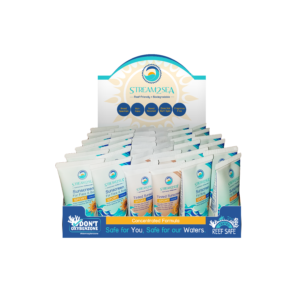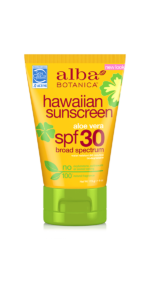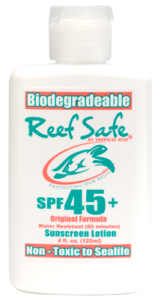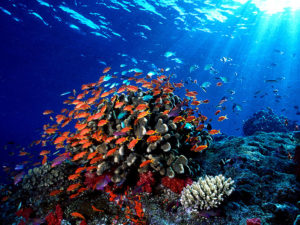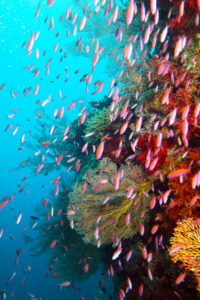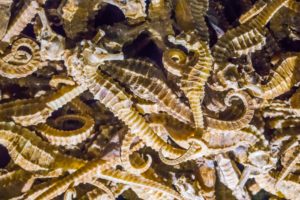Packing for an adventure overseas can be stressful at the best of times. But packing for Antarctica? Where do you even start? Last January I headed down to the Falkland Islands, South Georgia and the Antarctic Peninsula with Quark Expeditions.
It took 10 years of travel for me to become the packing queen that I am today; it didn't just happen overnight, guys. And packing for a month in Antarctica was the ultimate test for me. BRING. IT. ON.
In fact there was only one thing I needed to buy for the whole trip, can you guess what it was? Everything else I already owned from my adventures around New Zealand. Honestly my house looks like an ad for Backcountry.com. I should start doing gear rentals.


To be fair, I did overpack, which is one of my common mistakes but I'd rather be safe than sorry, and a month at sea with no internet meant I needed a few extras, like games, books, journaling things, and maybe a cheeky bottle of gin.
While there are plenty of helpful packing lists out there, and every trip will usually send out its own list too, I wanted to share my own personal experience of what you might need for an expedition cruise down to Antarctica as well as the subantarctic islands of South Georgia and the Falklands.
Gin aside, here are my best tips of what to pack. Enjoy!

Not recommended to go naked in Antarctica, though it's a lot of fun I hear

If pictures could show the wind….
Outer layers
Step 1. Everything you wear on the outside in Antarctica needs to be waterproof, windproof, and penguin-poo proof.
And by waterproof, I mean REALLY waterproof, not sort of waterproof. I'm talking Goretex here or something similar, don't be cheap because the weather down on the last continent can only be described as wild and unforgiving.
You will get wet a lot. And also not necessarily because of the snow or rain, which trust me, can happen at a moment's notice, but for the zodiac boat rides to and from shore or cruises. The swells can come out of nowhere and you're gonna get wet with the spray of the sea if not soaked. And it's rough salty water too that can destroy your stuff after a while, go heavy duty. If I didn't rinse my gear regularly in the shower, it would get caked with salt.


One of the coldest days

One of the warmest days on the Falkland Islands
This means waterproof pants and windproof shell/rain jacket with a hood. Waterproof gloves or mittens. I have started using these really cool photography gloves by Vallerret that are super handy where you can pull back the end of the finger and thumb to use the controls on the camera.
All the trips I've been on provide you with rubber muckboots or gumboots for the landings, but I bring hiking boots too.
If you travel with a company like Quark Expeditions, they give you one of their signature special yellow parkas, which has a shell and a removable fleece puffer inside.




North Face bib Trekking Pants Hiking Boots Photography Gloves

That is all poop. Not mud. At all.

Jarrad Seng's take on activewear, what lurks beneath the rain pants
I have a few different pairs of pants I would wear, and even wear my snow pants sometimes, though they were getting a bit tight after 3 weeks of bottomless buffets on board (yikes) though this year I upgraded to Goretex bib snowboard pants, which have a bit more, ah, room shall we say in the waist department.
Also pack a tight beanie or two, it'll be cold and no one likes cold ears, am I right? Also it's windy as all hell, remember where you are: the roaring 40s, furious 50s, and screaming 60s. If your hat isn't tight, it'll be a goner, and you'll be in trouble for littering in a pristine environment, even if you didn't mean to.
Batten down the hatches as they say.




Beanie 1 Beanie 2 Jacket 1 Jacket 2
Inner layers
Underneath my rain jacket, I usually wore several layers I could pull off on land if needed. Since moving to New Zealand five years ago, I quickly became obsessed with merino wool aka the magic fabric.
It dries fast, wicks away moisture from your skin, keeps you warm when you need it, and it doesn't itch, and it doesn't smell! This means you can rewear it over and over again on the trip. Even my underwear is merino. I do change that though.





Thermal top 1 Merino hoodie Thermal top 2 Puffer jacket Flannel Shirt
I start with either a short sleeve or long sleeve thin merino shirt, followed up with a merino hoodie. I'm not kidding, I'm obsessed. I usually bring 3-4 merino shirts and one hoodie and one or two fleece shirts I can layer.
And if it's really cold I'll wear a thin puffer jacket on top before putting my wet weather gear over it. As they say in New Zealand, we are not here to fuck spiders i.e. not mess around.


The best base layers have thumbholes – all Mons Royale does!

I wear a pair of merino leggings underneath my wet weather pants, the same thermals I wear when I go snowboarding in the winter. I usually bring two pairs.
My feet are decked out in the thickest wool socks you can find. I bring several pairs, and by several I mean like five pairs, no one wants cold feet though they stay pretty warm inside the good boots the ships provide.
I also bring a pair of thin glove liners or thin gloves I can wear easily than my preferred big old mittens or wear inside my mittens.
Don't forget my wooly merino undies and sports bras! They are game-changers, guys. And I also have a merino wool neck gaiter or buff that I always wear.




Merino leggings Merino sports bra Wooly socks Merino neck warmer
Extra boring bits and bobs
If you guessed the one thing I had to buy for this trip was seasickness meds, you were right!
I don't actually get seasick really, but who's gonna take that chance on the notorious Drake Passage? Not me, that's for sure. My doctor prescribed Cyclizine, again we're not here to fuck spiders with some lame ginger tablets or hippy patch. Gimme the real stuff. These are the roughest seas on earth.
I had two camera backpacks, one large and one small for the trip depending on the landings and the weather, and I also had a few small dry bags I could chuck stuff into if needed.
Also be sure to double check what kind of outlets are on board the ship, they move all over the world and sometimes it can surprise.

The ugly sweater diaries continue… Jarrad can't be tamed

I brought a water bottle of course, along with the other necessities like sunglasses (used once), earplugs (just do it, even if it's not for snoring roommates the booming of the ship in storms is loud as), an eye mask (there's no nighttime and also I day nap a lot), and sunscreen, you know, since we destroyed the ozone layer.
For down time on the ship, of which there is heaps, I wore normal casual comfy clothes. The temperature on board can actually be pretty warm so I would have t-shirts on hand and some easy shoes I could wear around, though you want non-slip ones for when you go out on deck a lot.
I also brought my favorite Onepiece onesie, which I shamelessly wore all the time! And I might add received more than one compliment on. Which might have been sarcastic but who cares. It was so comfortable, and it wasn't like I was trying to meet anyone or anything.
Everything gets shoved willy nilly into my favorite large North Face Duffel. An icon. Can you go to Antarctica with anything less? I don't think so.




Camp Duffel Day Pack Camera bag Dry Bags
Fun stuff
Now for the stuff you really want to know, all of the fun and random crap that made it inside my Mary Poppins bottomless North Face duffel bag.
Where to begin?
Yahtzee! You will be spending days at sea with total strangers and no Facebook. What to do? Board games! They usually have some on board but I also brought my own, from Yahtzee to Uno to Scrabble among many others, it's a great way to meet people in the beginning.
I also brought my own pillow because I'm a princess. And an insomniac, and anything that helps me sleep better is worth its weight in gold.


Heaps of books! I love reading so I downloaded a few fun novels on my Kindle which were great to read in bed when we had 10 meter swells and Yahtzee was out of the question. I also brought half a dozen paperbacks too, all books about Antarctica and the early explorers. If you only bring one book, make sure it's Shackleton's Endurance. It's incredible to read from the comforts of a modern-day ship.
I also brought a blank Moleskine sketchbook that I used to journal and draw during the trip. I used to always do this when traveling but have stopped in recent years and it was a great way to go back to my roots.
And finally, don't forget a swimsuit! Bathers, togs, whatever you call them. You'll likely have the chance to do the polar plunge and jump into the icy waters which I highly recommend.
While it's important to pack all of the essentials because the weather in Antarctica is unforgiving, it's also a trip with plenty of downtime to make sure you pack a few little treats and goodies for yourself too!
What did I miss? Have any tips for packing for the Antarctic? Share!


PS some of these links are affiliate links
The post What to pack for a trip to Antarctica appeared first on Young Adventuress.

from Young Adventuress http://bit.ly/2LvJ0PC
